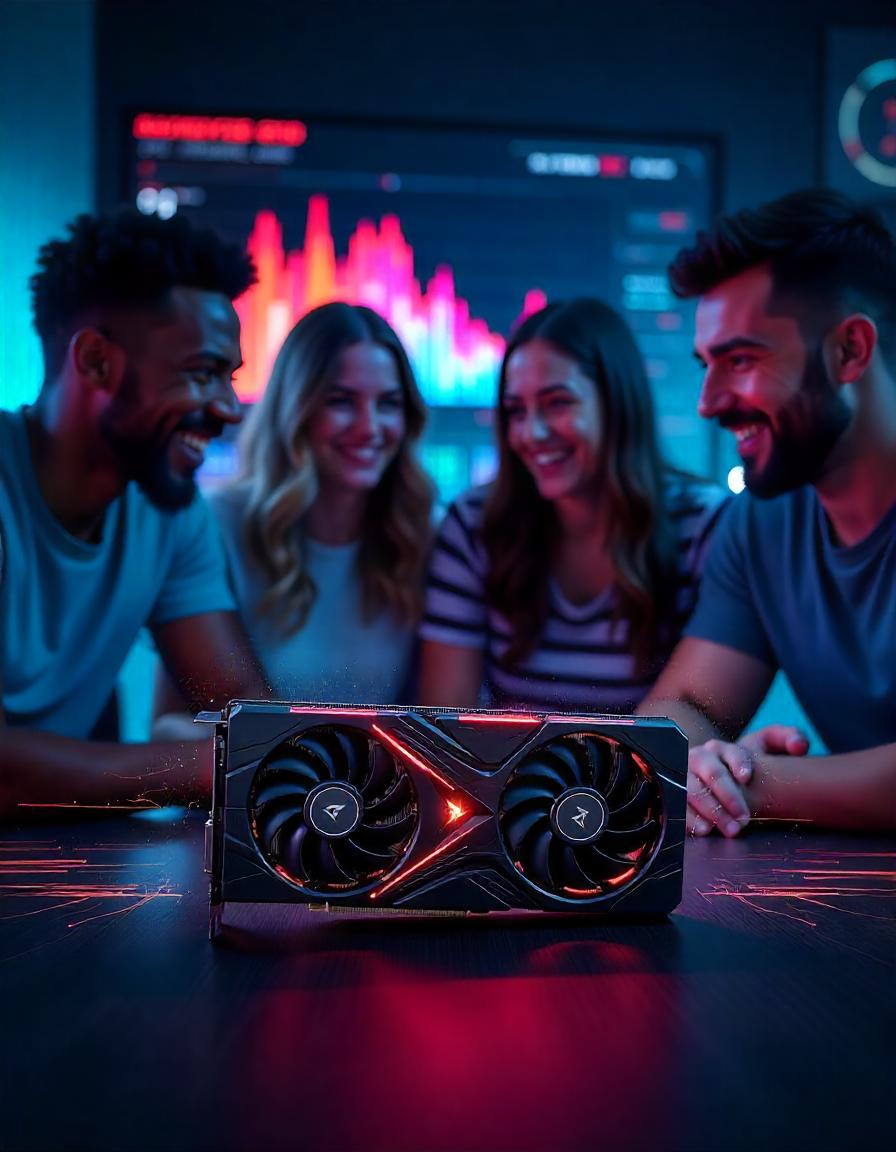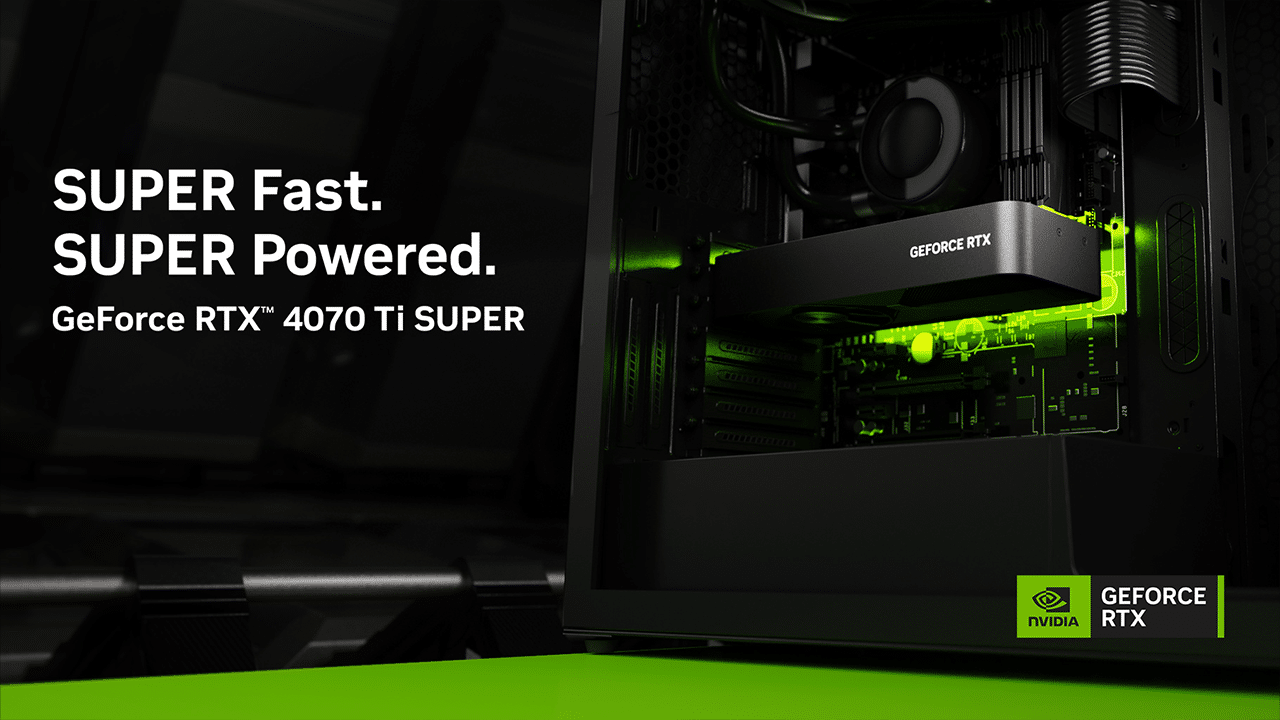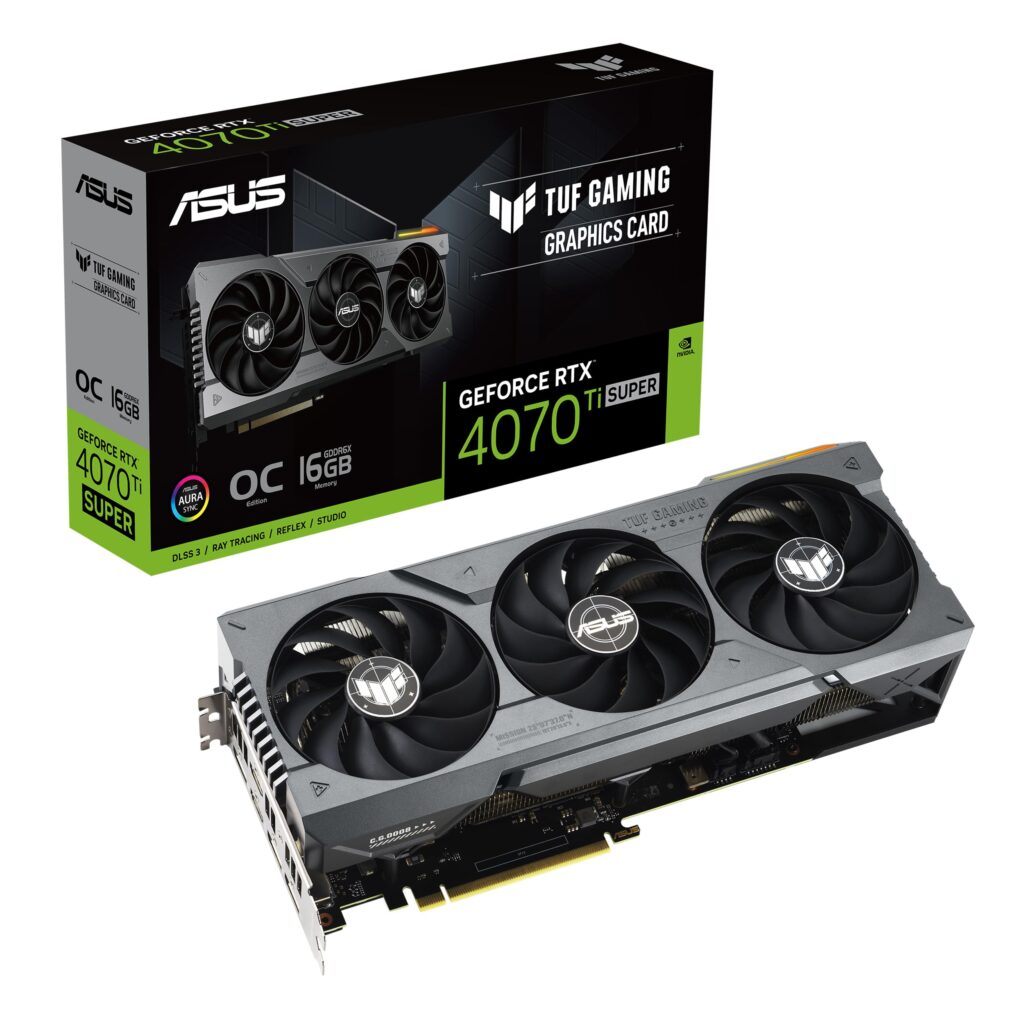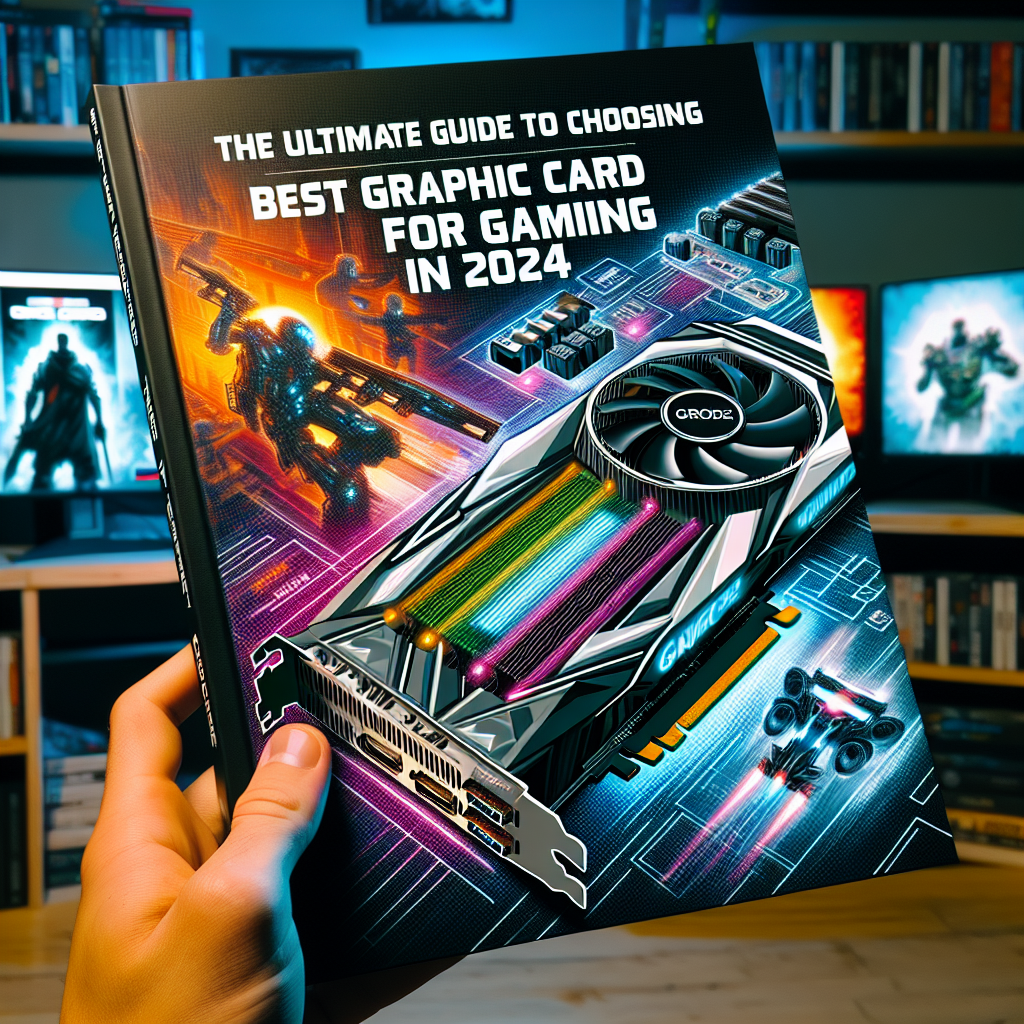The AMD Radeon RX 7600 Review
Unleashing Performance on a Budget: The AMD Radeon RX 7600 Review
In the ever-evolving landscape of gaming, where cutting-edge technology meets consumer demand, striking the perfect balance between performance and affordability can be elusive. This is where the AMD Radeon RX 7600 steps in—a bold attempt to deliver high-end 1080p and entry-level 1440p gaming performance at a price point that doesn’t annihilate your wallet. Whether you’re a gamer aiming for buttery smooth frame rates or a creator on a budget seeking reliable GPU horsepower, the RX 7600 offers an intriguing proposition.
In this deep dive, we’ll explore everything from architecture and raw power to thermals and gaming benchmarks, helping you decide if AMD’s latest addition is the right pick for your next build.
RDNA 3 Architecture: A Foundation of Efficiency and Speed
The Radeon RX 7600 is built on AMD’s RDNA 3 architecture, marking an evolution in both efficiency and performance. RDNA 3 comes with optimizations that not only push more frames per second (FPS) but also enhance power efficiency—an area where AMD has made major strides compared to previous generations. AMD continues its effort to close the gap with NVIDIA’s dominance by emphasizing price-to-performance as a key selling point.
The RX 7600 is manufactured on TSMC’s 6nm process, which allows for more transistors in the same silicon area, resulting in better performance at reduced power draw. This means smoother gaming, reduced heat, and lower electricity bills—music to any gamer’s ears.
It features 32 compute units (CUs) and 2048 stream processors, running at a boost clock of up to 2.6 GHz, which ensures it stays competitive even in high-stress scenarios like AAA gaming titles and video rendering. Additionally, AMD’s Infinity Cache (32MB) adds another layer of efficiency, reducing the dependency on external memory and optimizing data flow for gaming workloads.
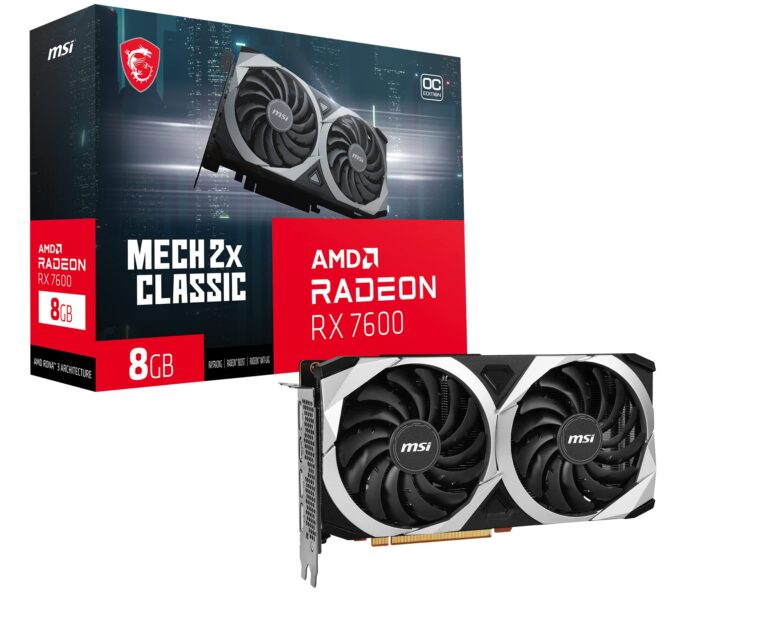
Key Specifications at a Glance
| GPU | AMD Radeon RX 7600 |
|---|---|
| Architecture | RDNA 3 |
| Compute Units | 32 |
| Stream Processors | 2048 |
| Base Clock | 2250 MHz |
| Boost Clock | 2600 MHz |
| VRAM | 8 GB GDDR6 |
| Memory Interface | 128-bit |
| TDP | 165W |
| PCIe Interface | Gen 4 x8 |
| Launch Price | $269 USD |
With 8GB of GDDR6 VRAM, the RX 7600 positions itself well for today’s most demanding games, especially at 1080p resolution. However, for those considering high-res textures or multiple monitors, the 8GB buffer may push the limits in the future, as newer games increasingly consume more VRAM.
Gaming Performance: Ready for 1080p and Beyond
When we talk about the performance sweet spot for GPUs, the RX 7600 firmly plants itself in the 1080p category, delivering exceptional frame rates across a variety of titles without sacrificing too many visual settings. If you’re looking to game at 60 to 120 FPS on high settings, this card won’t disappoint. Let’s dive into some benchmark numbers:
- Cyberpunk 2077 (High, 1080p):
- Average FPS: 72
- With Ray Tracing OFF, performance stays consistent and smooth, but enabling ray tracing sees a noticeable dip, which is expected at this price point.
- Call of Duty: Warzone (Ultra, 1080p):
- Average FPS: 98
- Competitive gamers will appreciate the RX 7600’s ability to push high frame rates for smoother tracking and lower input lag.
- Hogwarts Legacy (Ultra, 1440p):
- Average FPS: 56
- At 1440p, the RX 7600 starts to show its limits, but it still maintains a playable frame rate with a few visual tweaks.
For esports titles like Valorant, CS, and Fortnite, this card is overkill, consistently hitting 200+ FPS. It’s not just built for AAA single-player experiences but also delivers phenomenal results for competitive gaming, ensuring high refresh rates for enthusiasts with 144Hz+ monitors.
While ray tracing is supported, it’s more of a luxury feature on the RX 7600, as performance dips are noticeable when enabled. If your primary focus is raw rasterization performance, this card will shine.
Power Efficiency and Thermals: Cool and Quiet Operation
One of the unsung improvements with RDNA 3 is power efficiency, and the RX 7600’s 165W TDP reflects that. The card requires only one 8-pin power connector, meaning even mid-tier PSUs can handle it without an issue.
Thermally, the RX 7600 performs admirably. Most third-party models feature dual-fan setups with effective heat sinks, ensuring the GPU remains cool even under heavy loads. During stress tests, the card typically stays within the 65-70°C range, with fan noise levels well below audible annoyance. For those concerned about noise, the RX 7600 runs quietly in most use cases, making it a great choice for workspaces or gaming rooms where silence is valued.
AMD Software: Adrenalin and FSR to the Rescue
AMD’s Adrenalin software suite has matured significantly over the years, offering gamers extensive customization and optimization tools. The RX 7600 takes full advantage of Adrenalin’s features, including Radeon Super Resolution (RSR) and FidelityFX Super Resolution (FSR).
- FSR 2.0, AMD’s answer to NVIDIA’s DLSS, allows gamers to upscale lower resolutions for improved performance without sacrificing much image quality. For the RX 7600, FSR can mean the difference between 60 FPS and 80+ FPS in demanding titles.
- Radeon Anti-Lag and Radeon Boost are invaluable tools for competitive gamers, ensuring reduced input latency and dynamic resolution scaling for smooth gameplay in fast-paced titles.
Whether you’re recording gameplay for Twitch or tuning GPU clocks, Adrenalin offers the tools needed to get the most out of the RX 7600.
Comparison with NVIDIA GeForce RTX 4060: Which Should You Choose?
The RX 7600’s closest competitor in the market is NVIDIA’s GeForce RTX 4060. While both cards target the same audience, they offer slightly different advantages:
| Feature | AMD RX 7600 | NVIDIA RTX 4060 |
|---|---|---|
| Price | $269 USD | $299 USD |
| Architecture | RDNA 3 | Ada Lovelace |
| VRAM | 8GB GDDR6 | 8GB GDDR6 |
| Ray Tracing Performance | Decent but limited | Better than RX 7600 |
| Upscaling Tech | FSR 2.0 | DLSS 3 |
If ray tracing is a priority, the RTX 4060 might have a slight edge, thanks to NVIDIA’s better optimization in that space. However, when it comes to traditional rasterization performance, especially at 1080p, the RX 7600 is often the better value, outperforming the RTX 4060 in several titles at a lower price.
For budget-conscious gamers, the RX 7600 is the clear winner in terms of raw performance per dollar spent.
Who Should Buy the AMD Radeon RX 7600?
The Radeon RX 7600 is perfect for:
- 1080p Gamers: If you play at 1080p and want to max out visual settings in modern games, the RX 7600 offers exceptional value.
- Esports Enthusiasts: With its ability to push ultra-high frame rates, it’s a dream card for competitive gamers.
- Content Creators on a Budget: Whether you’re editing videos or streaming, the RX 7600 offers solid performance without breaking the bank.
However, if you’re looking to game extensively at 1440p or beyond, or if ray tracing is a must-have feature, you may need to look at higher-tier cards like the RX 7700 XT or NVIDIA’s RTX 4060 Ti.
Final Verdict: Affordable Powerhouse or Missed Opportunity?
At a retail price of $269 USD, the AMD Radeon RX 7600 offers an excellent blend of performance, efficiency, and value. It excels at 1080p gaming, handles 1440p reasonably well, and packs enough horsepower to satisfy casual gamers and creators alike. AMD’s continued improvement in software support, combined with features like FSR, further sweetens the deal, making it a compelling option in the budget GPU market.
While it may not be the go-to choice for ray tracing enthusiasts, the RX 7600’s strengths lie in traditional performance and affordability—areas that resonate with a large portion of the gaming community.


